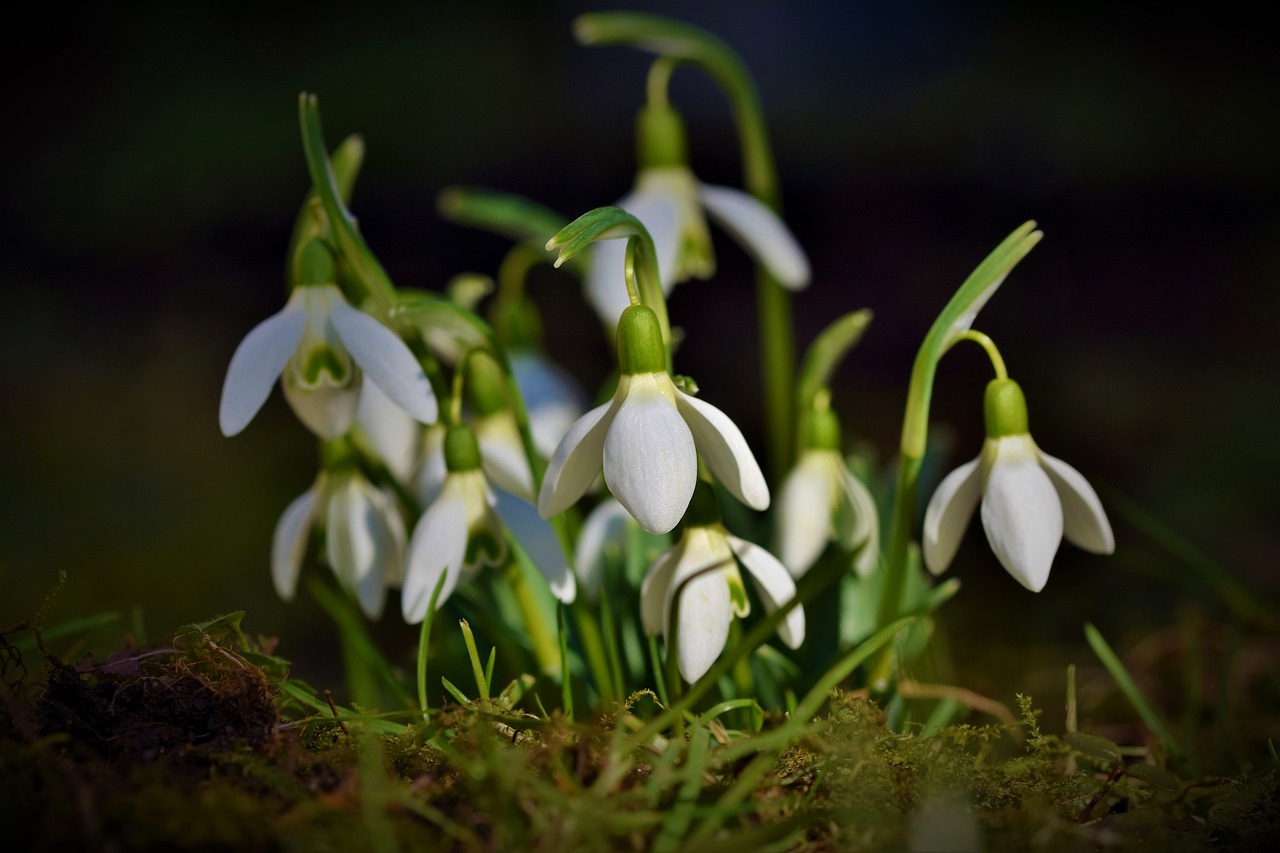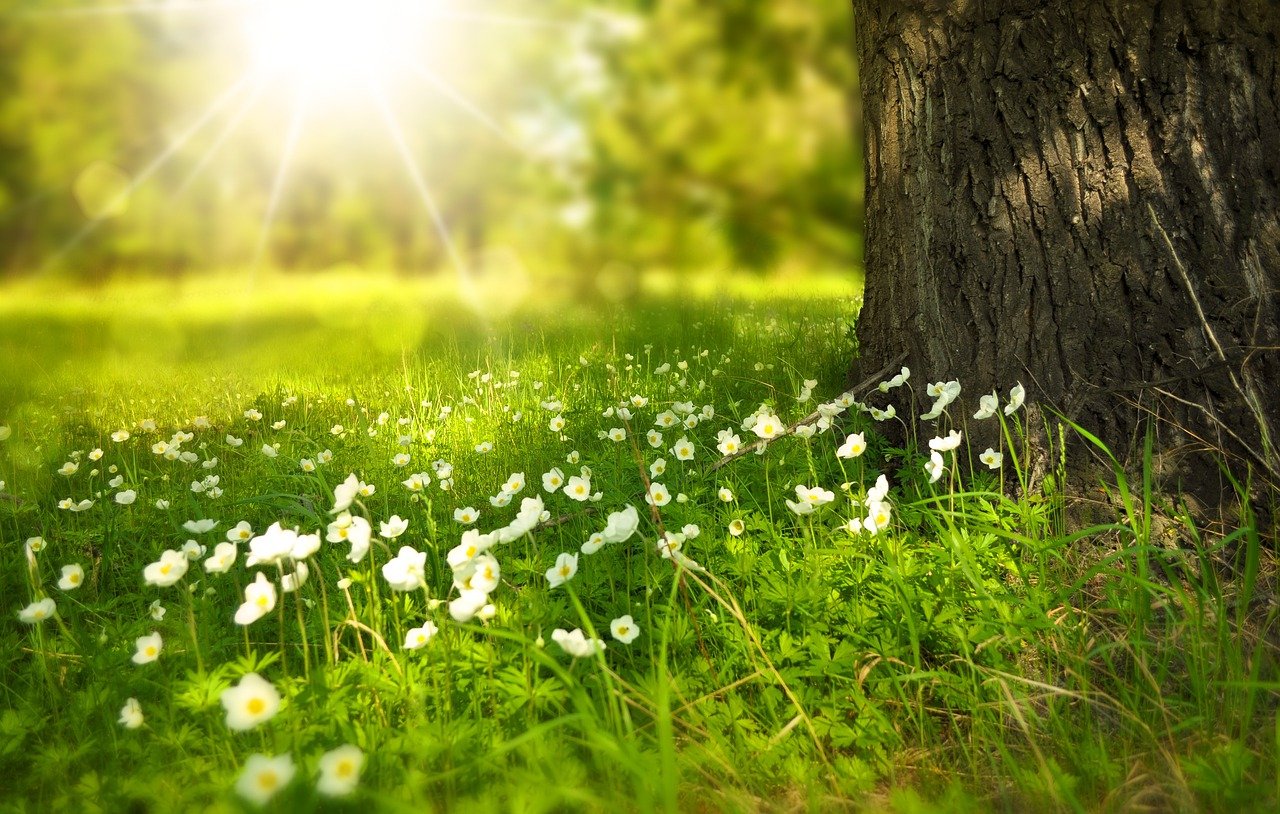Historically, beekeeping has been related most times to farm settings, but in recent times beekeeping has moved in a more urban and modern direction. These days, being a beekeeper doesn’t have to be a lifestyle, it can be easily fit into your life, right in your own backyard.
Recent research has proven that there are advantages for bees that our yards possess, over wild habitats. In order to encourage bee ecosystem development, we can easily build on these advantages to suit you, your family, and the bees, as one beautiful backyard pollinator garden, in just two simple steps.

Starting in early spring bumblebee Queens arise from “diapause,” or a sort of hibernation. They will start looking for a nice place to start their first brood. Around the same time, solitary bees will be born and start looking for a place to mate and lay their eggs.
Over the winter and the early parts of spring is a great opportunity to get some family time in and start building homes for the bees. Depending the species of bee, bees prefer different styles of homes. Below are some different homes that will attract different varieties of species, and how to make them

Types of Homes for Bees
1. Bamboo Bee houses (Attracts solitary Bees)
Bamboo canes provide ready-made nesting places for solitary bees. They can also be easily removed and replaced after a few years.
What you’ll need:
- Something to stack the bamboo in (Ex. PVC drain pipe, recycled tin can, etc.)
- Bamboo canes all the same width (different hole sizes will attract different solitary bees, but they will not nest in holes over ½ in diameter)
- Electric drill
- Metal hook, branch, rope, or wall fixture for hanging

Bee home DIY
How to do it:
-
- If using a PVC pipe measure and mark 8 in. from one side and cut the pipe, if using a tin can leave it as is.
- Cut the bamboo into pieces ½ in shorter than the PVC pipe or tin can (cut along the nodes of the bamboo to ensure each bamboo has an open and closed end)
- Half way along your PVC or tin can, drill holes to allow for hanging if needed
- Use string or wall fixture to hang your outer shell
- Insert the bamboo until they’re packed in tightly and don’t move around. Place the closed ends up against the back of the tin or pipe.
2. Clay and Wood Block Homes (Attract solitary Bees)
Mimicking the natural holes of earth, clay homes are a great long-lasting home. Avoid polymer clay which contains harmful chemicals. Wood block homes are a simple design, and mimics a dead tree. Avoid lumber that’s been treated with preservative.

What you’ll need:
- Lumber
- Hand saw
- Screw driver
- Potters clay
- hook or wall hanger
- heavy-duty string
- block of untreated wood
- electric drill
How to do it:
-
- Both of these can be set up to however you envision it
- Either using a clay block or a block of wood use a screw
- Driver or pencil to make holes roughly ½ in. in diameter
- Then using extra lumber build a sort of house around the
- Block (it can be as simple as two extra pieces of wood on the top to Hold the hooks on, or as extravagant as you’d like to get)
- Then use a hook, thick twine, or hanging structure to hang your Hive home. (bee houses should be in a sunny position, facing South or southeast, at least 3 ft. off the ground with no vegetation Obscuring the entrance.)


3.Pallet Bee Hotel (attracts all sorts of bees and critters)
The basic design is good for a whole range of critters, it can be tailored to your liking to fit specific species like bumble bees or solitary bees. Hay should be replaced every year or two. Otherwise, most material should last a couple years, pallets may be best to be replaced every 5 years or so. Disturbance should generally be avoided, if it does need to be moved, during off season is best.
What You’ll Need:
- Wooden pallets (minimum of 4)
- House bricks (the kind with a row of central holes)
- Dry hay or straw
- Broken pots/ intact pots with one drain hole
- Small sticks and twigs and bamboo canes
- Broken clay roof tiles
- Sod/ small cascading vinery plants
How to do it:
- Stack wooden pallets on top of one another (in their final location, ideally with sunlight on the front and in a slightly sheltered area)
- Fill the spaces with various items listed above. (place brick holes facing out, stack broken tiles. And pots, drill holes in logs, position clay pots with the drainage holes facing out filled with hay, place hay in various open areas.)
- Top the bee hotel with a roof of sod, planks, Tiles or logs (or mix), to provide protection From the rain.


These can range from completely DIY homemade materials to high quality actual structures. There’s no wrong way to build bee homes. Use this time as a way to work together as a family and make a home really, suitable for a queen.

Bees on average can only fly an absolute maximum of 3 miles. This means where their home is, is where they’ll be foraging for food. There’s many different aspects to a pollinator garden that you can use, pick out the ideas that work for you, and your space, and apply them to your garden. Below is a list of the different sections you can use to attract pollinators and all sorts of critters.

A Woodland Edge: create a mini woodland to edge the outside of your yard. You can use trees ranging from all size. For most people, relatively small bee-friendly trees will work best. Some great options are:
Malus domestica (Apple tree) – Good for honey bees, Solitary bees, and bumble Bees. Good for April-May.

Prunus Avium (Sweet cherry Tree) Good for honey bees,solitary bees, and bumble Bees. Good for April-May

Tilia Cordata (Little-Leaf Linden) filled with nectar, good for honey bees, bumble bees and solitary bees. Good for June-July.

Shade Tolerant perennials and biennials can also be added underneath the tree to create a fuller woodland look. Some good shadier plants are:
Angelica Archangelica (Angelica). The umbrella shaped head or umbels are perfect for bees to land on. Good for July-August. Attracts bumble, honey, and solitary bees.

Digitalis Purpurea (Foxglove). A bumble bee favorite. Good for June-Sept. Attracts all bees.

Primula Vulgaris (Primrose). Among the earliest to bloom. Can provide color and food even in winter. Attracts bumbles and Solitary bees, good for December-May.

Meadow:
Choose wildflowers seeds or prairie seeds mix, it should contain grasses. Sow it into weed-free soil. Give the meadow a single cut in late summer, after flowers have set seed. Remove the cuttings to avoid enriching soil. This is good for along the edge of your yard before you get into the “woodland” area. Having a meadow surround your woodland area will allow a place for frogs and other critters of the night to also have a place to play, especially if you allow it to grow tall like a meadow.
Lawn for the wildlife:
Lawns should be mowed more than the meadow, but allowing it to grow out occasionally isn’t a bad thing, it’s actually great for the soil. If you do want to allow your lawn to grow you can cut paths through it instead of mowing the whole thing.
Native Hedge:
Choose a range of native flowering shrubs to create a dense intruder-proof hedge that is also a good source of early nectar. The right species will provide fruit for birds later in the year. Plants could include Sambucus Canadensis(American Black elderberry), viburnum Trilobum(Cranberry bush), and Amelanchier Species(Shadbush).
Seed Sown Flower beds, and Flower pots:
Good pollinator seed mixes will have over 40 species of bee-friendly flowers. You can buy these mixes from most outdoors stores, but you can also choose your own arrangement of flowers if you have special colors, or species in mind. These plants are good for planting in raised wooden boxes or flower pots.
You should turn the soil in early spring and pull any weeds that arise, then sow in the seeds in mid-spring. Later in the year after the first frost, pull al dead pieces, shake any remaining seeds in them out onto the soil and mix it, dig it, and rake it up. (This process is also good for kids because well, kids love dirt).
Some good potter plant species include:
Helianthus annuus (Sunflowers). Sunflowers and bees are like crackers and cheese, best when they’re with each other. These attract all bees, each tiny floret produce tons of nectar for bees. These are best for August- Oct.

Lobularia maritima (Sweet Asylum). A member of the mustard family, grows best in dry sandy soil. Attracts all bees and is best for July-August.

Echium Vulgare (Viper’s bugloss). Another plant that like sun and dry sandier soil. Very attractive to bumble bees but will attract all bees. Best for June-July.

Bumper crops, vegetables and fruits:
A wild-life rich environment provides pest control for crops and good insect pollination which will help boost your yearly yields. With all these other pollinator attractors around it is likely no matter what vegetables you’re growing that bees will come to your plants no matter what. However, bees do like certain vegetables over others. These are some good species to include in your next garden:
Pisum Sativum(Peas), Fabaceae family (Beans), Allium Cepa(Onions), Solanum Lycopersicum(tomatoes), Mentha Spp (mint) ., Thymus Spp(Thyme).
Conclusion
By using a variety of homes, and plants you can truly turn your backyard into pollinator heaven, and it can be a great family experience to do together. You can also use plants not named in this article, all plants are good plants, these are just some that bees specifically love.
Feel free to experiment with different set-ups with flowers and try new species every year. Changing your species will allow for the soil to rejuvenate over the years and keep it healthy for longer. So, go forth my fellow Bee ambassadors, and give your yard a beautiful future.







